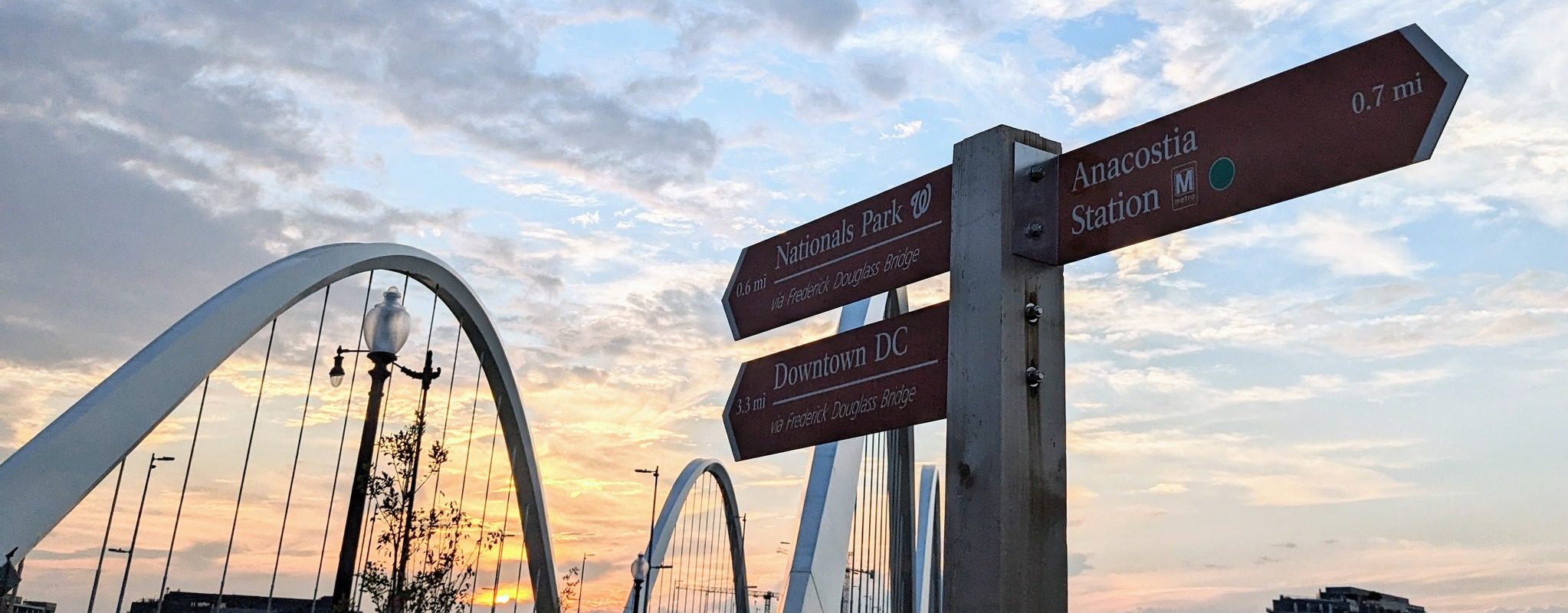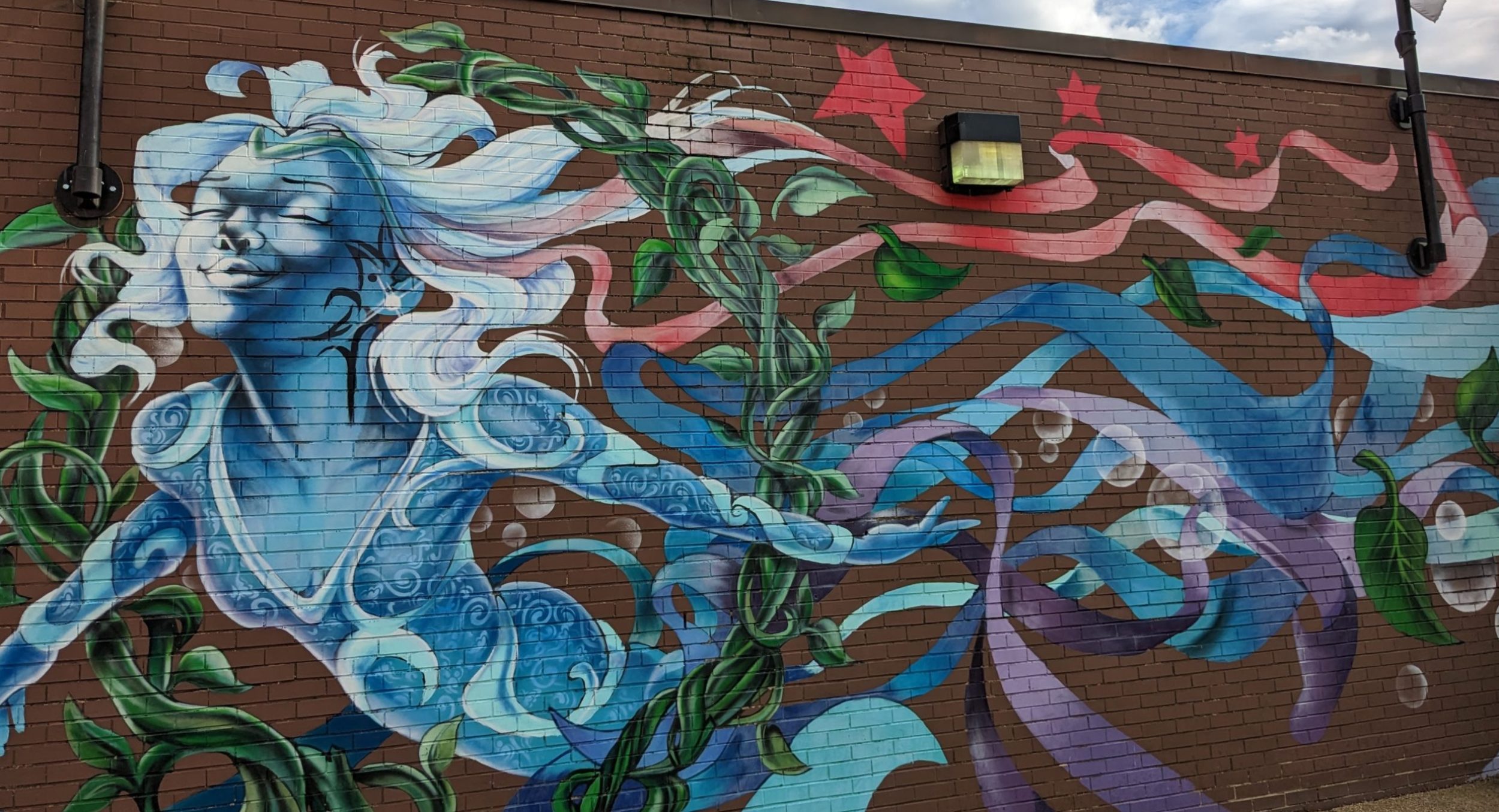And, this is in a provincial town of Vanadzor in northern Armenia, shown on the map below, and not in the capital, Yerevan. David and I had worried about traveling in Christian countries on Easter, the holiest day for that religion. Almost all U.S. businesses close on Easter, and buses and trains run less often. Easter in the U.S. is spent with family, or at least quietly at home.
In Vanadzor, the Internet cafes were full at 10 p.m. with young men playing computer games. The hotels, restaurants and bar kept what seemed to be normal hours.
That was good news for us as travelers. We’d bet that Armenia would be a better choice for spending Easter than would be Georgia, where we had been a few days earlier. A Georgian Easter might have been beautiful. The churches of its capital, Tiblisi, drew steady crowds in the days leading up to the holiday. The scent of incense floated from the churches to the street.
Yet, the idea of standing through a long service in the Georgian language and then finding most restaurants closed at dinner time scared us off. We stocked up on good Georgian food and took an overnight train to Yerevan, arriving the morning of Good Friday.
Georgia seems more like it went `Soviet Lite’ during its U.S.S.R. years. Its border guards now use computers provided by the U.S. Department of Homeland Security. Georgia expelled some Russians on spying charges in recent years, even though Georgian officials might have guessed that the Russians would react, as they did, by banning sales of Georgian wine.
Goergian churches are in better shape in general than Armenian ones, and religion seems a part of daily life. At any rate, we never saw people crossing the floor of an Armenian church on their knees, which was a fairly common sight in Georgia.
People chatted their way into the Armenian churches such as the one shown above, then were quiet while lighting candles inside and chatted away outside. Some people wore track suits or jeans. Some women were dressed quite well, although they looked like this could be what they wore every day.
The women of the Caucasus wear the highest, narrowest stiletto heels I’ve ever seen. They make Latin women look like.. well, look like they are wearing shoes like mine.. sensible slides and sandals with a low heel. Check out the silver spike of a heel on the woman on the right in the picture below. These women were walking up a stone path at Geghard.
Easter Eggs
Yerevan has very few lodging options between staying in a family’s apartment and paying for expensive hotels like the Marriott, which stands on the city’s one grand square shown below.
David knows that I owe him for agreeing to stay on instead in the apartment. He was good sport about it, even though he did glower at me as we sat in our room Saturday night. The family lay on the couches in the adjacent living room watching the 1982 film “Tootise,” of all things, ….until about midnight ….with the volume pretty loud.
We’d been gone from home and traveling for almost four months by Easter. Here was the kind of apartment that I have loved since visiting a friend’s home near New York’s Museum of Natural History during my freshman year of high school. The Yerevan apartment had thick plaster walls and Oriental carpets of brilliant reds on top of wood floors. Its ceilings reached maybe 12 feet higher. The living-room windows ran almost three-quarters the height of the wall, letting in light when the sun shone.
The book shelves were full. There were titles in Russian and French, fat texts on art in English and an Umberto Eco novel that I had once owned a copy of and never finished. Left splayed open was a copy of Beppe Severgnini’s “Ciao, America,” a very funny book by an Italian journalist about his time living in Washington, D.C.
Our landlady was ready to answer any questions we had, but wasn’t pushy. Friendly, but not intrusive. Her father had done the paintings in the apartment. The place to look for concert tickets was across the street. The buses would run to Vanadzor on Sunday. Yes, no worry that it was Easter, the buses would run.
Not the Upper West Side as it is today, which is quite spiffy. It reminded me of the Upper West Side in the 1980s and even early 1990s, when “Seinfeld” debuted. Then, it was easier to believe that a comic and his neighbor across the hall, a person with no visible means of income, could live in decent-sized apartments and spend much of their time in a coffee shop.
New Attitude
David tells me most towns of a good size in the Soviet Union got a Ferris wheel. In some parts of Armenia, we saw Ferris wheels that looked like they might never run again. What must this sight be like for people raised in the Soviet system, who spent their whole lives working under communism and now are old with no safety net? What must it be like for them to look at the yards near their concrete apartment blocks and see this symbol of the Soviet years, rusted and still with seats hanging loose?
In Yerevan, the Ferris wheel looks as fine as ones you see in Europe or the U.S. It even has a good painting job, applied perhaps when the Coca-Cola product logos were posted and the cars made to look like bottle caps.



